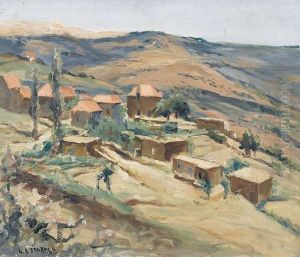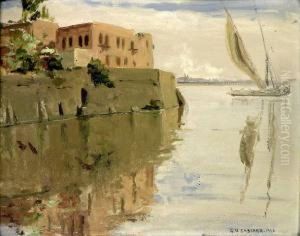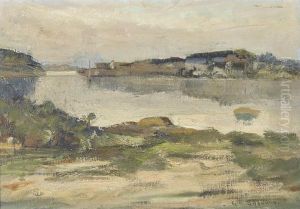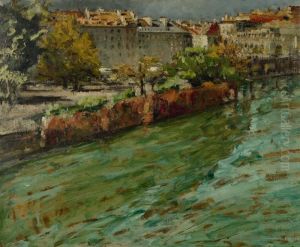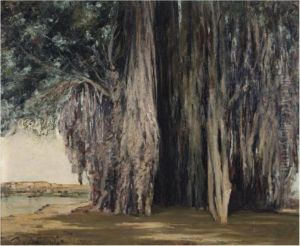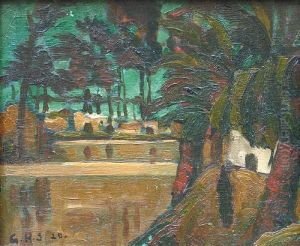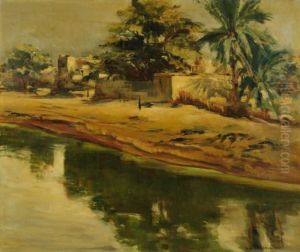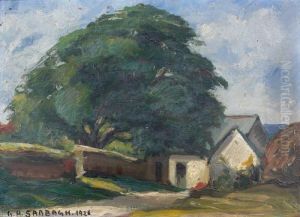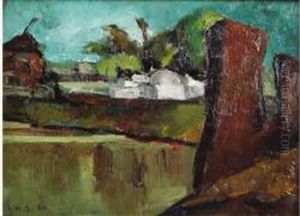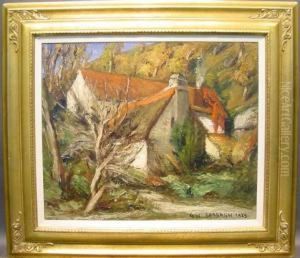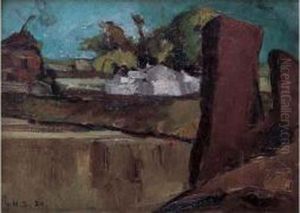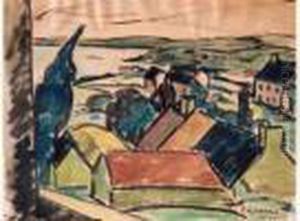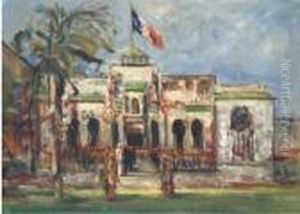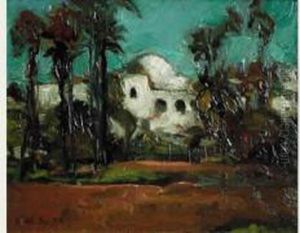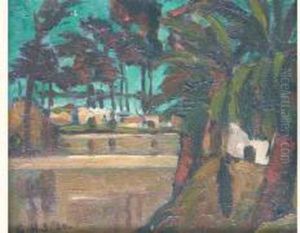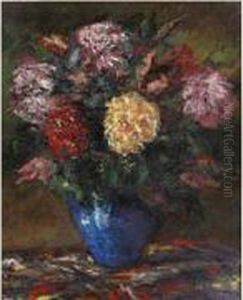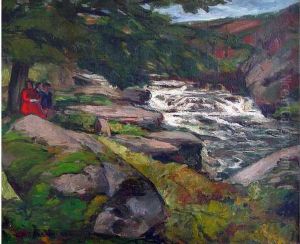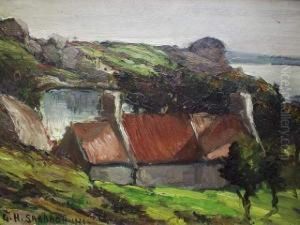Georges-Hanna Sabbagh Paintings
Georges-Hanna Sabbagh was an Egyptian-born French painter known for his contributions to the post-impressionist movement and his role in the École de Paris, which was a large group of artists living and working in Paris in the early 20th century. Born in Alexandria, Egypt, on November 20, 1887, to a wealthy family, Sabbagh was exposed to art and culture at an early age. His father, Hanna Sabbagh, was a well-known lawyer and his mother, Céline Kaspar, was of Lebanese descent.
Sabbagh moved to Paris to study law in 1906 but quickly shifted his focus to art, enrolling at the Académie Julian. There, he studied under Jean-Paul Laurens and later at the École des Beaux-Arts under Fernand Cormon. He was deeply influenced by the works of Paul Cézanne and sought to capture the essence of his subjects through color and form.
During World War I, Sabbagh served in the French army, and his experiences notably impacted his artistic work. Post-war, he returned to painting and became an active member of the Parisian art scene. He exhibited his works in various salons, such as the Salon d'Automne and the Salon des Tuileries, and became known for his landscapes, still lifes, and portraits.
Sabbagh's style evolved over the years, but he maintained a commitment to exploring the relationships between colors and the emotive possibilities of his subjects. While his early work was more aligned with impressionism, his later pieces showed a stronger influence from modernist currents, particularly fauvism and cubism.
In addition to his painting career, Sabbagh was involved in the intellectual circles of Paris, including friendships with writers and poets. Despite his integration into French cultural life, he maintained a strong connection to his Egyptian roots, which also influenced his work.
Sabbagh's contributions to art were recognized in France, and he was awarded the Chevalier de la Légion d'Honneur in 1934. He continued to paint and exhibit his work until his death in Paris on March 30, 1951. Today, Georges-Hanna Sabbagh's works are part of many important collections and continue to be appreciated for their vibrant color and expressive quality.
